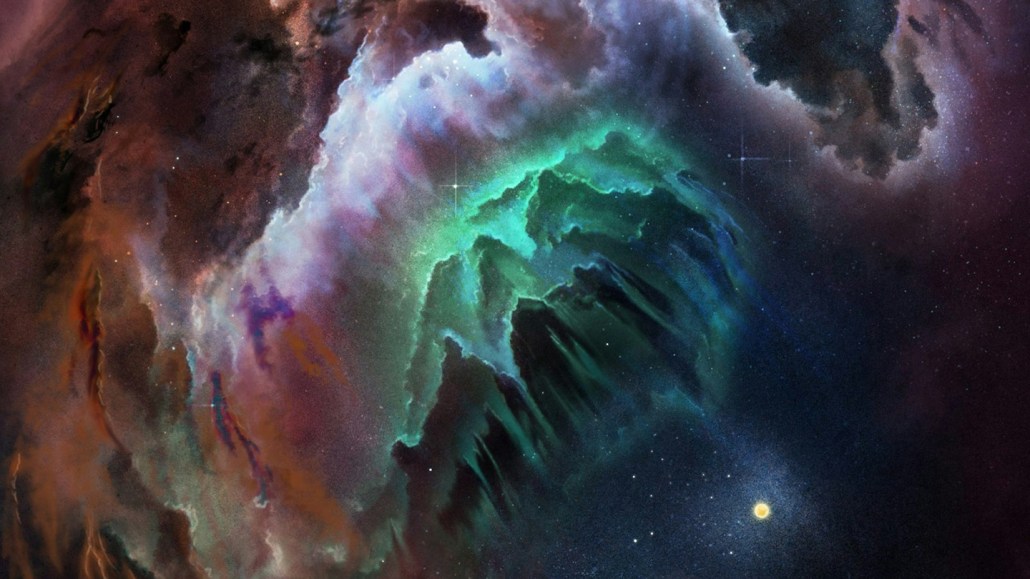A gas cloud 5,500 times as massive as the sun lurks nearby
Dubbed Eos, this giant cloud of molecular hydrogen has been hiding in plain sight

A giant interstellar cloud dubbed Eos (illustrated, green) lurks just 300 light-years from our solar system. Its chemical composition kept it hiding in plain sight until now.
Matt Twombly/Simons Foundation